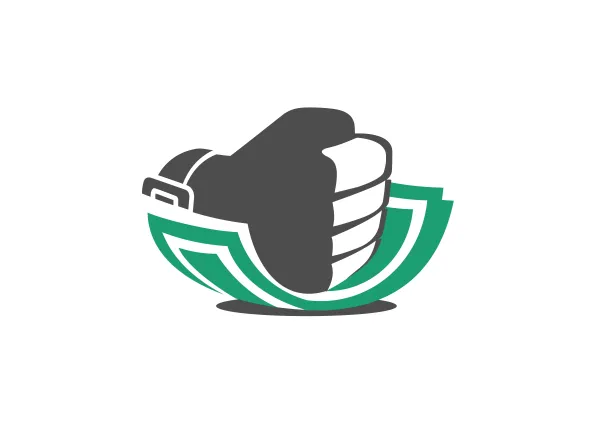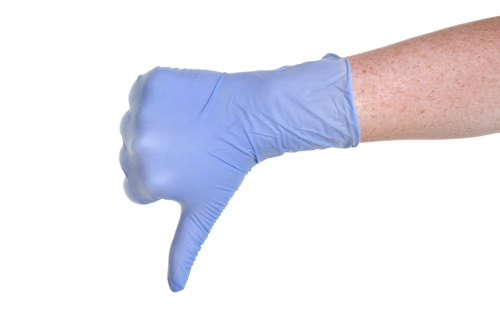Know the Differences Between PT and Chiropractic Services to Avoid Denials

Question: In my orthopedic practice, we occasionally refer patients to a respected, local chiropractor. Recently, we sent an existing patient with chronic back pain over to him. The claims were denied because the services did not improve the symptoms. In last week’s issue of Part B Insider, you discussed what is an acceptable claim in detail. Can you explain why this might have been denied?
--Alabama subscriber
Answer: “Chronic pain” is the key to the denial. CMS distinguishes the two different areas of chiropractic care as acute and chronic.
These 6 Things Must Happen
In order for the claim to be accepted and the referral to be valid, the pain must be determined to be acute. These are the criteria that must be met:
Denials may happen. Unfortunately, denials and audits are quite frequent regarding chiropractic referrals and care. This is mostly due to the gray area that exists between acute and chronic, maintenance therapy, and the lack of adequate procedures.
Update. In a report published Aug. 17, 2016, the OIG outlined billing problems related to a Michigan chiropractor. They found 92 of 100 sampled claims incorrect and not compliant with current Medicare rules. The OIG records show the financial result was an overpayment of almost $340,000.
The three main reasons for the denials were:
Final clarification. Both acute and chronic subluxation are covered under Medicare, but once the treatment for chronic pain becomes routine, and the patient shows no improvement from the treatment, that is considered maintenance therapy and is not covered under the chiropractic regulations.
“A patient’s condition is considered chronic when it is not expected to significantly improve or be resolved with further treatment (as is the case with an acute condition); however, the continued therapy can be expected to result in some functional improvement,” MLN Matters® article SE1602 says. “Once the clinical status has remained stable for a given condition, without expectation of additional objective clinical improvements, further manipulative treatment is considered maintenance therapy and is not covered.”




